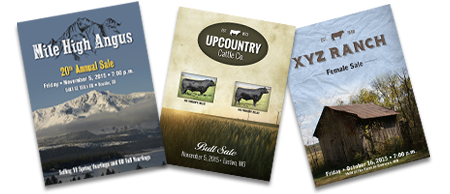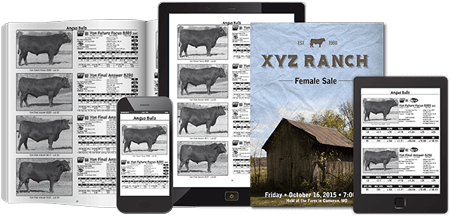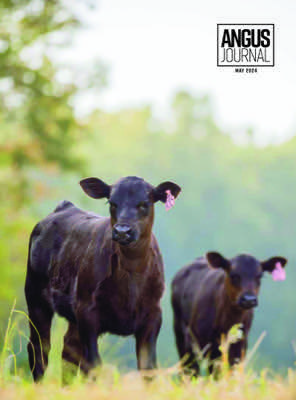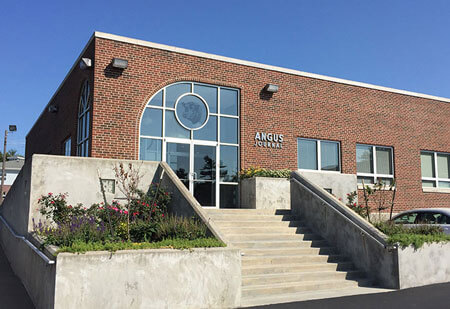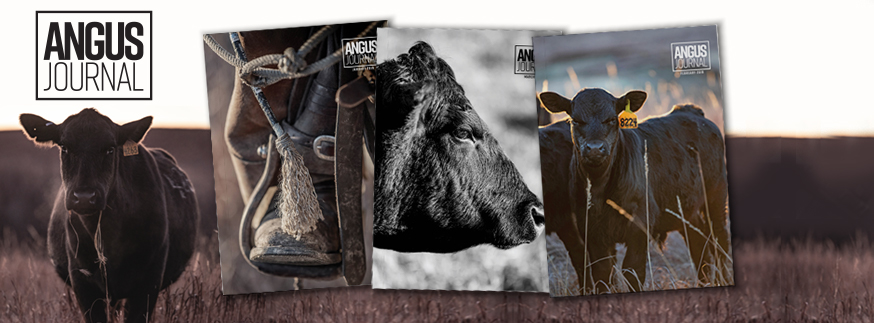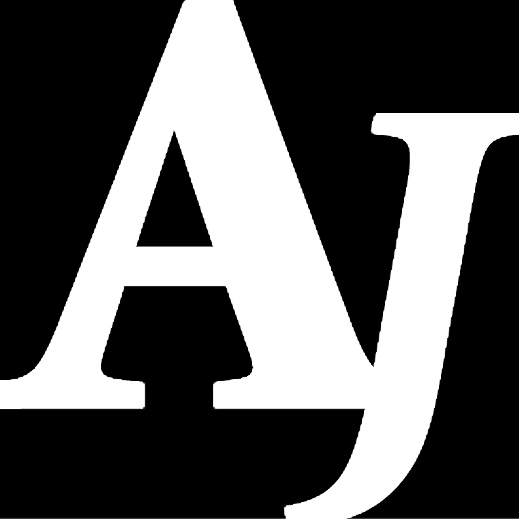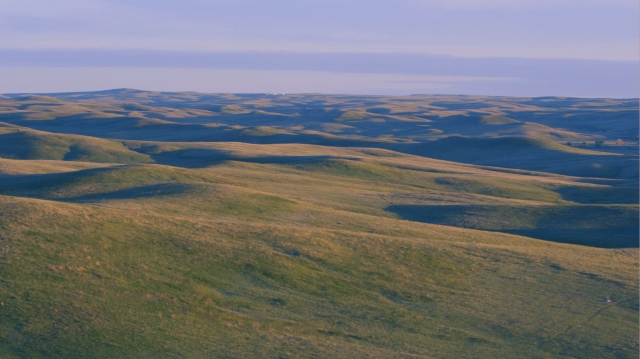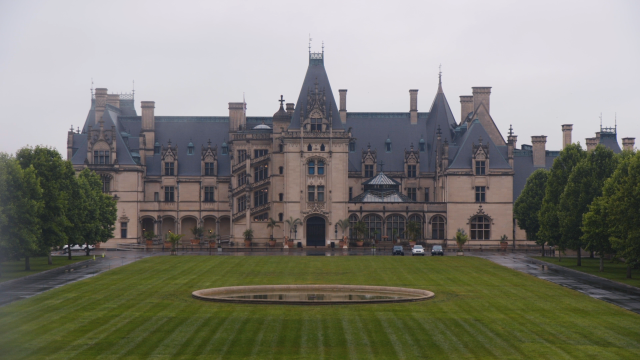Adaptable they are, considering that the Soutars have clients from the "snowy wastes" of northern Canada to the humid tropics of Colombia.
"We have a customer in Colombia who sends us pictures of our cattle looking out of the jungle," Geordie quips. "You know, they're looking out of palm trees! They adapt to a huge diversity of climates, and that's what's made them so successful."
Dunlouise sells its genetics "literally all around the world," Julia notes. Live animals can be sold in Europe, so the pair often ships cattle to countries like France, Germany, Spain, Switzerland, Sweden, Estonia, Portugal, Italy and Ireland. Embryos and semen are shipped to Canada, the United States, New Zealand, Colombia, Argentina, South Africa, Chile, Uruguay, Australia and Mexico, as well as all of Europe.
Where's it all going? Well, says Geordie, predominantly the healthy-food sector.
That's where Dunlouise finds another niche: grass-fed beef.
"Our cattle are not feedlot cattle," Geordie points out. "The American model has basically been designed to consume corn because you had tons of cheap corn. Our cattle … work far better in a more natural environment."
Julia says their cattle thrive on a grassbased system, adding that their South American clients prefer a smaller, more sustainable system.
"They don't have the depth of soil. They can't till the land in a lot of these areas where they're raising cattle, so they need these smaller, vigorous animals," she explains. "In the parts of South America that we've seen, they're looking for a much more moderate, hardy animal — possibly more so than they are in the United States, certainly more so than they are in the U.K."
There appears to be a trend. Despite the breed's origin in the chilly north country of Scotland, the breed adapts well to warm environments where heat stress is likely, if not expected.
"They're looking for something that works in their climate," Geordie says of a customer from Uruguay. "What proves it to him is how our genetics work in his environment. Our cattle work in a very stressful environment."
It's the same story in Australia, Julia says. One long-standing customer in Victoria, Australia, has been "extremely successful" with Dunlouise embryos, conceiving 11 of the 13 embryos the first year.
"She will say … when they've had droughts, that she has to feed her native cattle less, and they still finish better," she says, with Geordie adding that it takes Dunlouise Angus about 40% of the feed it takes to finish her other cattle.
"These cattle are as valid today as they were 200 years ago, because they're the ultimate foragers," Geordie says. "They can do the job without a lot of cereal input. Grass-fed beef is seen as being very healthy, and these cattle are the ultimate converters of grass."
